The Cluj-Napoca Botanical Gardens are the largest in all of Europe, and they’ve been around for almost 100 years. The gardens were established in 1920 and house a collection of over 10,000 different plant species from Romania and around the world, including Japan, Australia, and the Canary Islands. The gardens are organized by regions, allowing you to walk through a Japanese garden and immediately afterward a Roman garden, which also features a statue of the Roman goddess of earth and grain – Demeter.
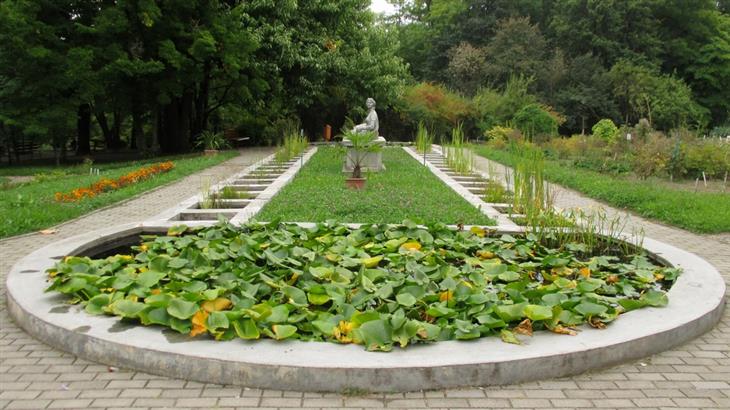
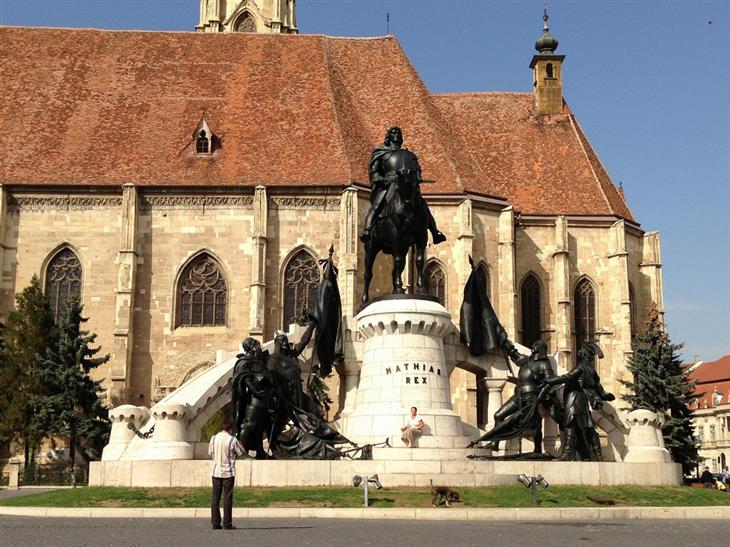
This is the city’s largest and most important square, and it is also one of the largest in all of Romania. Around it, there are quite a few places and sights worth visiting, such as St. Michael’s Church (which we’ll cover in the next section) and a statue of Matthias Hunyadi, one of Hungary’s greatest kings and an important ally of Vlad Tepes, the Romanian prince also known as "Dracula." If you’re an art lover, you can also enter the Art Museum in the square and see paintings from the 15th century, or simply admire the Baroque-style building itself, which was built in the 18th century.
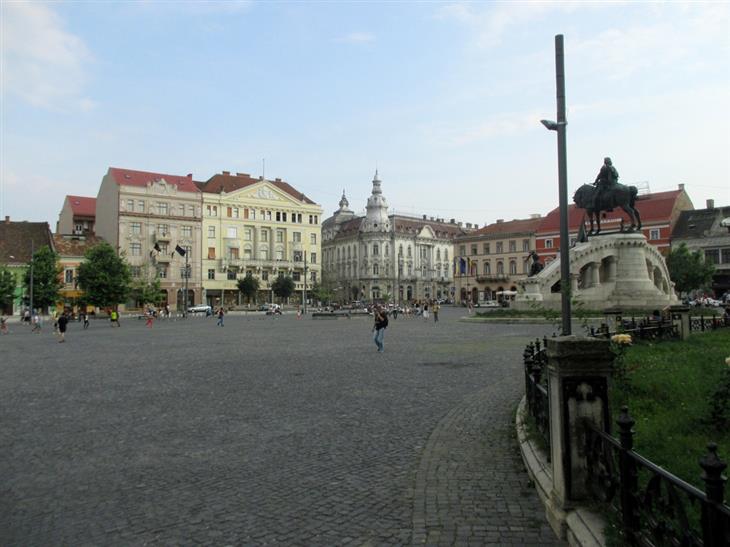
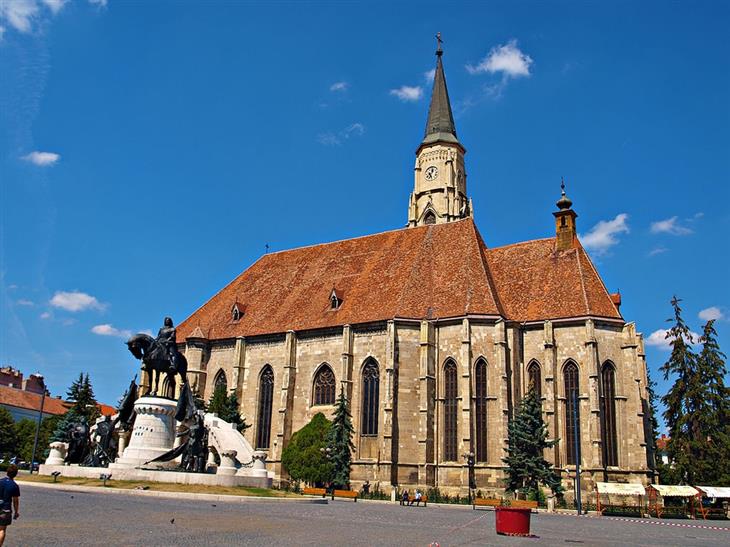
Although it was already recommended in the previous section to see this building, it deserves a few more words, as it is one of the oldest Gothic churches in all of Romania. The church’s height is 70 meters, making it the fifth tallest religious building in Romania, and in terms of size, it is the second-largest church in the country, after the Black Church in Brașov. The construction of St. Michael’s Church spanned hundreds of years, with the building itself being founded between 1442 and 1447, its original tower built between 1511 and 1545, and the current tower erected in 1862.
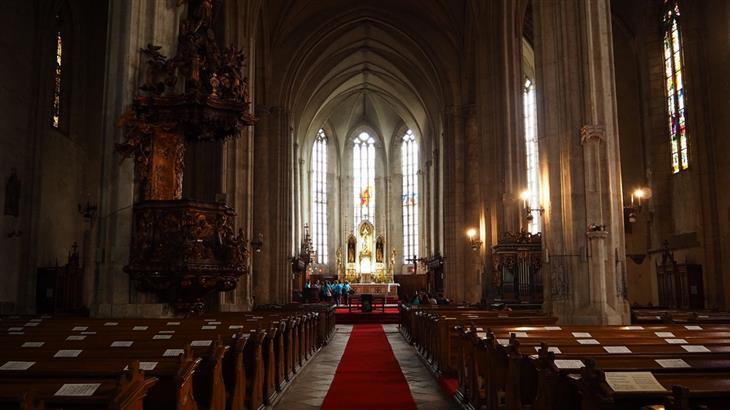
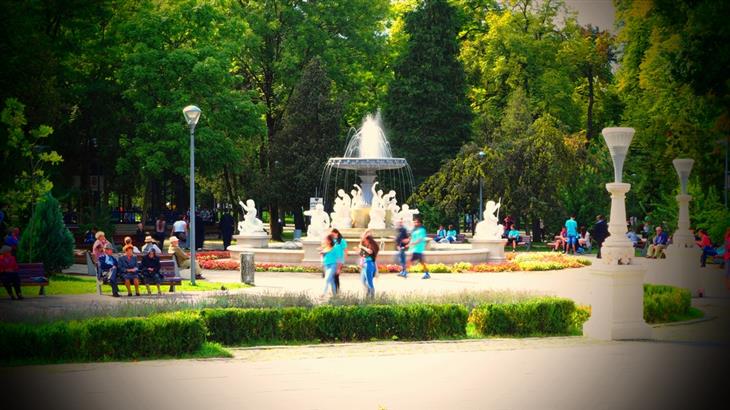
In the city center, on the southern bank of the Little Someș River, you can stroll through a large park that was established in the 19th century. Apart from the Botanical Gardens, this is the most significant “green” area in the city, where you can see an ancient casino restored in 2012, a lake, water fountains, and statues of famous Romanian writers. The park also has quite a few restaurants, so you can spend a pleasant afternoon there and taste Romanian cuisine when you feel hungry.
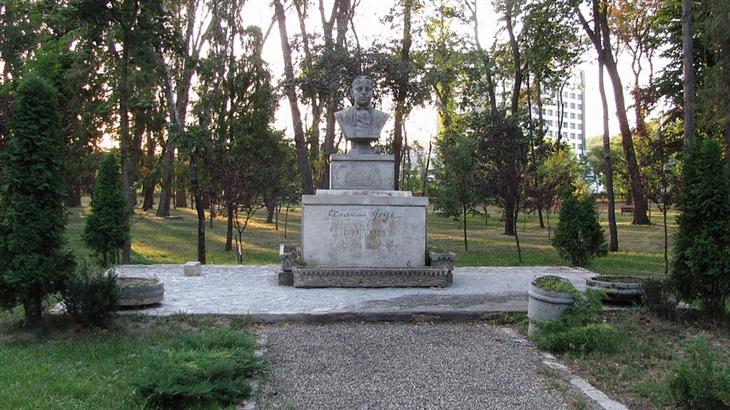
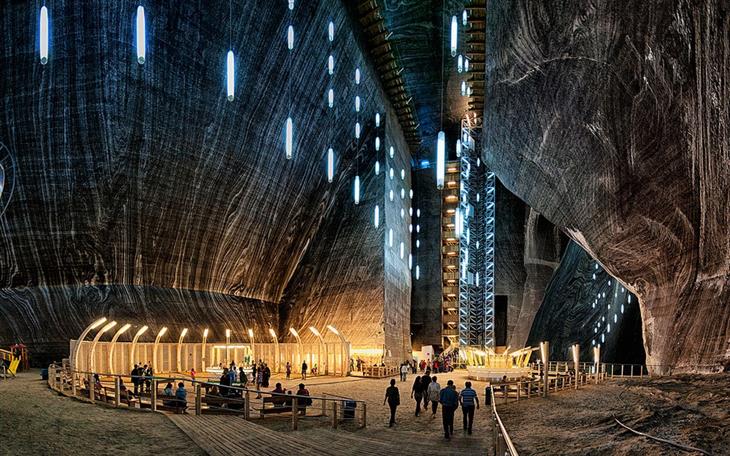
This vast mine opened to visitors in 1992, closed for renovations that cost nearly 6 million Euros in 2008, and was reopened in 2010. By 2017, it had already attracted more than half a million visitors. This place is not only a popular tourist attraction but also a healing site for people suffering from chronic respiratory problems, thanks to its salty and humid environment. When you enter it, you’ll feel as if you’ve walked through the gates of an underground city you’ve only heard about in fairy tales, and you’ll find it hard to believe that such a place actually exists in reality.
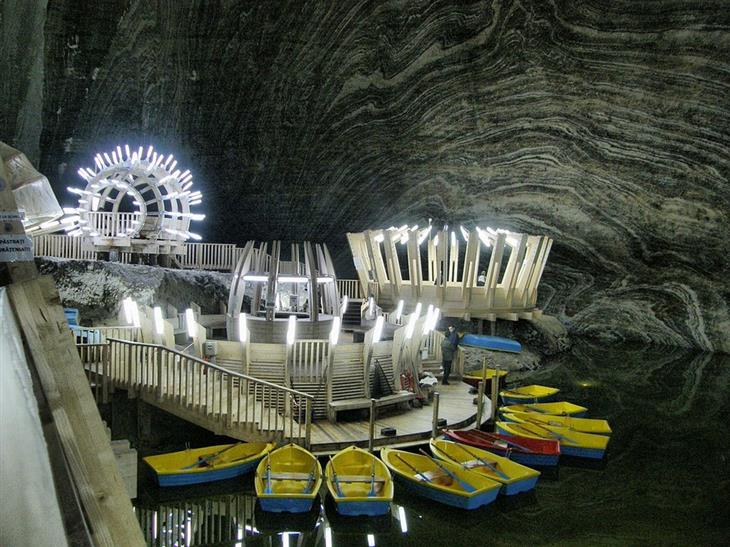
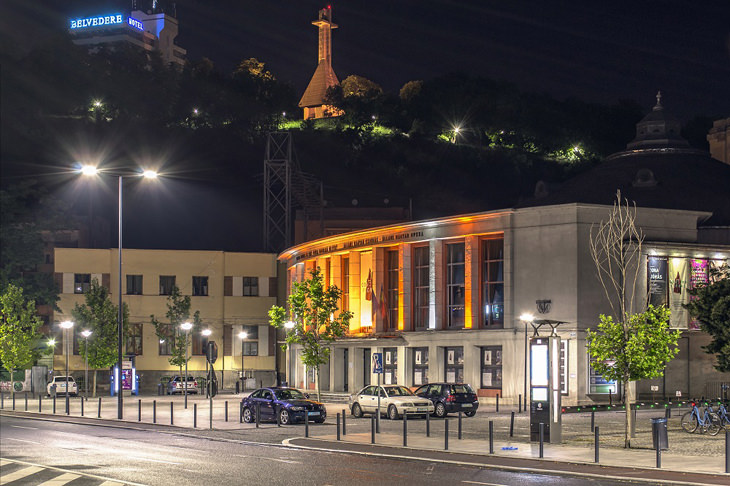
This theater was established in 1792 and is the first Hungarian theater in the entire Transylvania region. In 2007, it celebrated its 215th anniversary and hosted the International Interferences Theater Festival for the first time; shortly afterward, in April of that year, the theater became a full member of the European Theater Convention. The performances are all in Hungarian, but you can listen to simultaneous translation into Romanian or English when watching them, and it’s worth noting that the building is also home to the Hungarian Opera of Cluj-Napoca, so you can also see ballet and opera performances there.
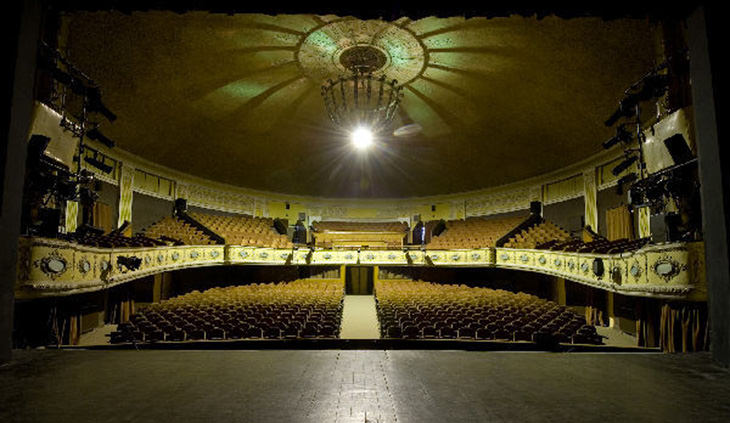
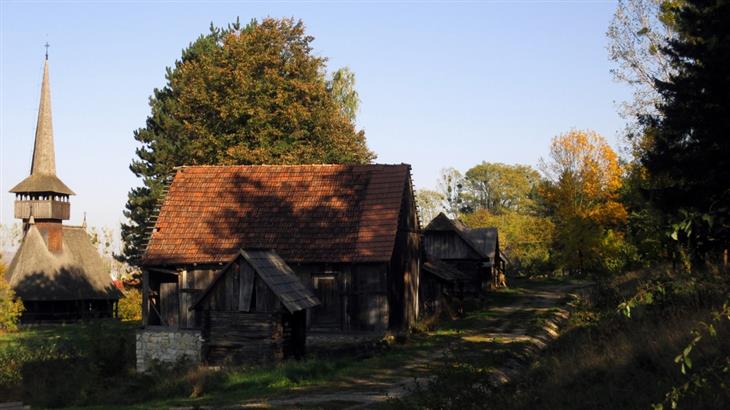
This ancient village is a tourist attraction visited by tens of thousands of tourists every year, where you can see what traditional and rural life in the Transylvania region looked like before the arrival of modernity, which eventually eradicated it. It’s recommended to set aside a whole day to visit this park, where you’ll find 13 residences and over 90 buildings that were once typical of various areas in Transylvania.
This synagogue is also known as the "Temple of the Moșnați" – referring to the Jews of Northern Transylvania, who were exiled and perished in the Holocaust. The place served the Neolog Jews who lived in the city and was built at the end of the 19th century. Although it suffered heavy damage in 1927 due to an attack by Legionary operatives, the Romanian government helped restore it. The building was damaged again during World War II bombings and was renovated again in 1951.
You can save this place for the end of your trip, as it is the perfect area to conclude your visit to Cluj-Napoca. You can walk up this hill between the ruins of a fortress, and once you’ve finished doing so, you can let your eyes enjoy the view of the entire city and watch the sunset over it. To get there, you must be prepared to climb a long flight of stairs, but it’s well worth it.
Image sources: Bogdan Pop
1,
2,
3,
4,
5,
6,
Richard Matthews,
Todor Bozhinov, Ștefan Jurcă
1,
2, Ana Maria Catalina
1,
2,
3,
4,
Ungureanu Adrian Danut,
Andrei Dan Suciu,
Rokaso,
